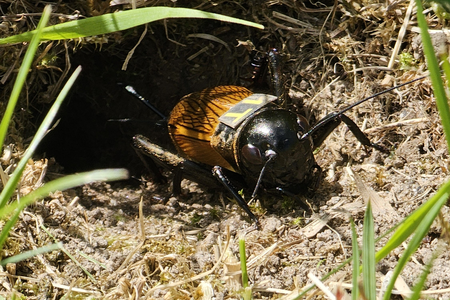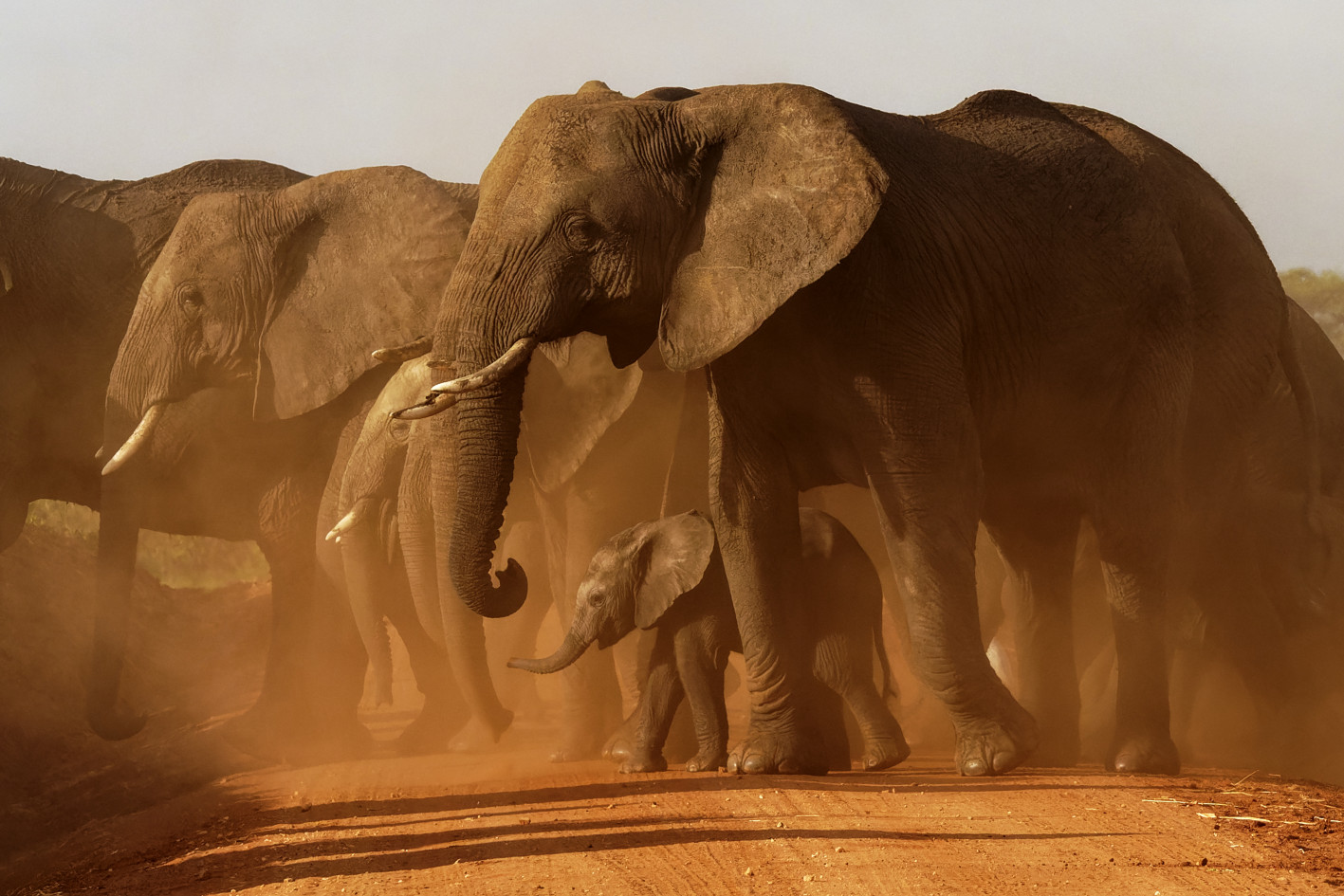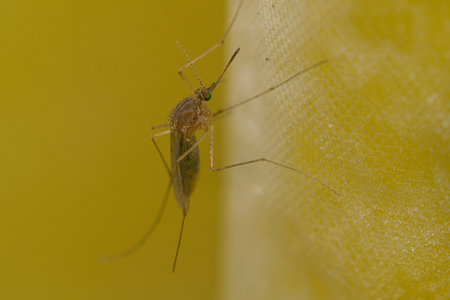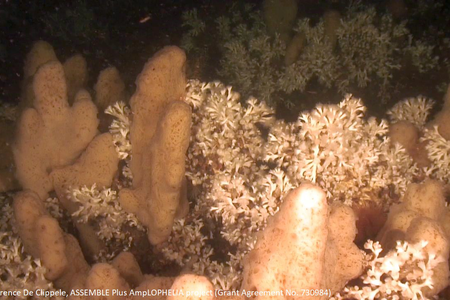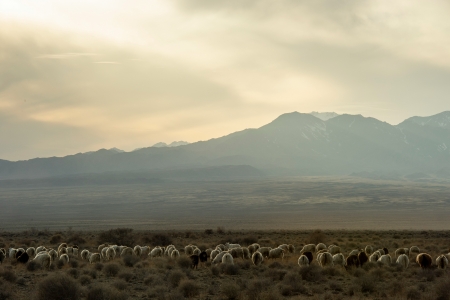Project descriptions
The listed projects represent the projects that were available for the 2025 cohort. Projects for the 2026 cohort will be listed here in January. In year 1, students will undertake a group rotation project in 3 of the listed projects, before selecting a single project as their PhD topic.
